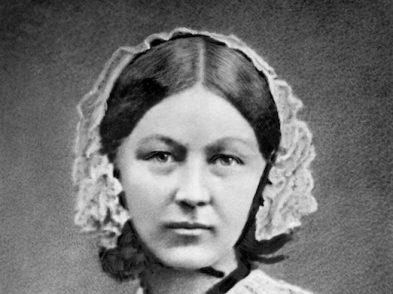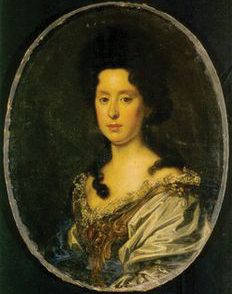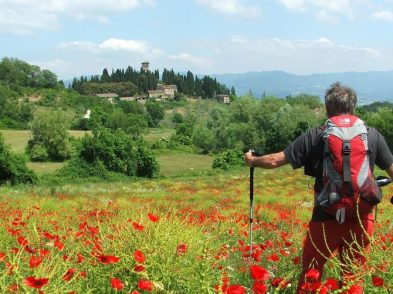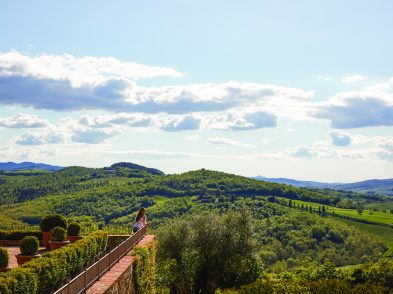Every June 16 at twilight, the citizens of Pisa light nearly 70,000 candles in honor of San Ranieri, Pisa’s patron saint, transforming the city into a sea of twinkling lights for a tradition now called the Luminara di San Ranieri. Homes, palaces, churches and towers on the banks of the Arno and its bridges are outlined with twinkling candles that reflect on the surface of the water below. Candles are also floated down the river, and the iconic Leaning Tower is illuminated with pans of oil. At 11pm, fireworks illuminate the skies, topping off celebrations on the eve of San Ranieri.
The preparation is a feat of organization. White wooden frames hold the candles outlining every building. Trucks with cranes and platforms attach frames to the buildings, and the wax candles inside plastic cups are inserted in wire circles attached to the frames. The city of Pisa sends crates of the candles to streets along the river. Pisans, particularly those who live on the Arno, go to small ‘stations’ for the candles that they take home and position on window sills, balconies and terraces to light at dusk.
San Ranieri, son of a wealthy merchant, was born in Pisa in 1128. As a young man, he was a philanderer who took pleasure in womanizing, excessive drinking and taking things that did not belong to him. A talented lute player, he was regularly invited to the castles of wealthy families, where he often helped himself to whatever caught his eye. His father once sent him to Asia with a load of cheese to sell. He sold the cheese but immediately squandered the profit.
One day after his return from Asia, in a half-drunken state, he joined a religious procession. As the procession moved along the Arno, he suddenly began to hear beautiful music, then a reproving voice booming from heaven telling him to change his ways. He repented immediately and devoted the rest of his life to good works. During his life, he made two mission trips to Jerusalem before retiring to the monastery of St. Vito in Pisa, where he died in 1161.
The first Luminara di San Ranieri was held on March 25, 1688, when Grand Duke Cosimo III de’ Medici substituted the urn that contained the saint’s remains and had it placed in the Chapel of the Innocents in Pisa’s Cathedral, renaming the chapel for San Ranieri. The festival became an annual event on the eve of Ranieri’s name day. Suspended in 1867 for economic reasons, the event resumed in 1937. Since then, except for brief interruptions during World War II and after the flood of 1966, the festival has been continuously observed.
June 17, Ranieri’s actual festival day, is celebrated with a regatta: boats representing Pisa’s four neighborhoods compete in a 1500-meter race against the current. At the end of the course, banners representing the quarters are mounted on poles in an anchored boat. In addition to the regular crew of eight and a coxswain, each boat carries a montatore, the man who is to retrieve the banner of his quarter. The first three to retrieve their banners get to keep them. The last to arrive gets a ‘booby prize’: two geese.







